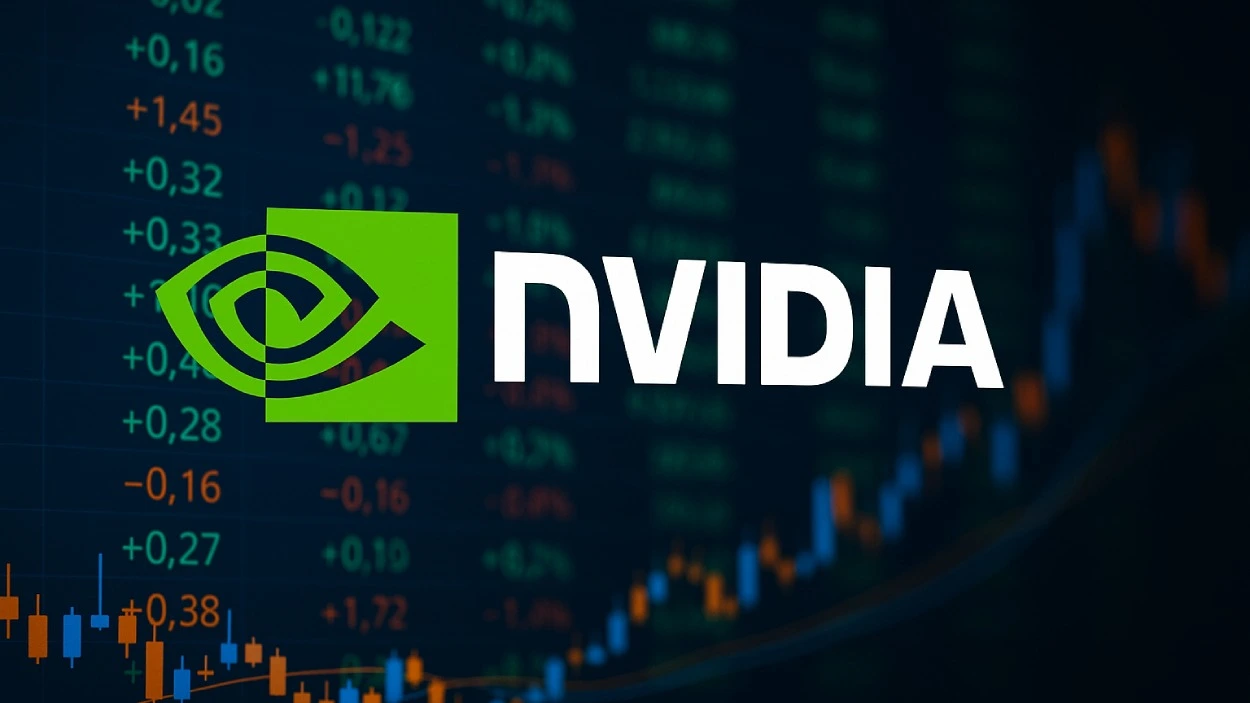Nvidia’s Q2 2025 earnings made headlines for one clear reason two unnamed customers accounted for 39% of the company’s total revenue.
While the headline number $46.7 billion grabbed attention, the real story lies in what this concentration reveals about Nvidia’s growth model, risks, and strategic opportunities in the AI era.
In this article, we’ll unpack Nvidia’s revenue dynamics, explore the hidden implications of relying on a few major clients, and discuss actionable strategies for sustainable growth.
What You Will Learn in This Article
1. The Revenue Composition Mystery Understand how Nvidia’s two largest customers contributed nearly 40% of Q2 revenue and why this matters.
2. Risks of Client Concentration Learn how dependency on a few customers could affect revenue stability, negotiation power, and growth trajectory.
3. Future Proof Strategies Explore practical approaches Nvidia and other tech companies can take to diversify revenue and mitigate risk.
Nvidia’s Revenue Landscape Beyond the Headlines
The two largest customers are reported to account for $18.2 billion of Nvidia’s Q2 revenue.
While their identities remain confidential, analysts suggest that cloud service providers and AI driven tech giants likely make up this group.
These clients rely heavily on Nvidia’s cutting edge GPUs for data center AI workloads, particularly for training large language models and running AI inference tasks.
What’s striking is that this concentration is not a new phenomenon it has been growing over the past few years.
As AI adoption skyrockets across sectors, large clients increasingly dominate Nvidia’s sales, giving the company record revenue but also creating a dependency risk rarely discussed in mainstream coverage.
While having high value clients is advantageous, it comes with hidden pitfalls. A sudden change in one client’s buying behavior say.
Postponing an AI project or shifting to an alternative GPU provider could result in multi billion dollar revenue swings.
For a company that has scaled rapidly, such volatility is a real operational concern. When two clients represent nearly 40% of revenue, they hold considerable bargaining power.
Nvidia may face pressure to lower prices, accelerate delivery timelines, or customize solutions beyond standard profitability thresholds.
Major clients expect continuous innovation. This is great for tech advancement but can strain Nvidia’s R&D resources.
Especially if the products developed for a few customers don’t appeal to a broader market.
Comparisons
Tesla’s commercial EV division once relied heavily on a few logistics companies for fleet orders. When one major client delayed its order, Tesla had to scramble to reallocate production.
The lesson dependence on a few clients increases operational risk. Several semiconductor manufacturers in Taiwan faced revenue shocks.
When a handful of major clients mostly consumer electronics brands shifted orders. These cases illustrate that even industry leaders are not immune to revenue concentration pitfalls.
How Nvidia Can Turn This Risk into Opportunity
1. Diversifying the Client Base
Targeting smaller enterprises, startups, and international markets can help distribute revenue risk.
For example, Nvidia could offer tailored AI solutions for healthcare, automotive, and financial sectors lessening dependence on cloud giants.
2. Building Strategic Partnerships
Deepening relationships with existing clients through co-development projects, joint AI research, and exclusive solutions can strengthen loyalty while maintaining revenue stability.
3. Expanding Product Ecosystem
Beyond GPUs, Nvidia could invest in AI software, edge computing solutions, and integrated AI platforms.
Broadening its portfolio increases the likelihood of attracting new clients while retaining current ones.
4. Predictive Risk Management
Developing analytics to simulate revenue impact if a major client reduces orders allows proactive planning.
Buffer strategies, such as flexible production and reserve resources, can minimize disruption.
Growth With Caution
Nvidia’s current trajectory shows that AI is not just a growth driver it’s reshaping the entire tech revenue landscape. But long term stability requires balancing explosive growth with risk management.
Revenue concentration isn’t inherently bad it’s an opportunity to rethink client strategy, diversify offerings, and strengthen market positioning.
By doing so, Nvidia can maintain its leadership in AI while preparing for inevitable market shifts.
Nvidia’s explosive Q2 revenue growth highlights both the company’s AI dominance and potential vulnerability from customer concentration.
Revenue concentration risk can affect margins, operational stability, and negotiation leverage.
Diversification, innovation, and strategic partnerships are critical tools for sustainable long term growth.
Call to Action: What do you think about Nvidia’s dependency on a few key clients? Share your thoughts in the comments, and subscribe for more insights into tech industry strategies and AI trends.

